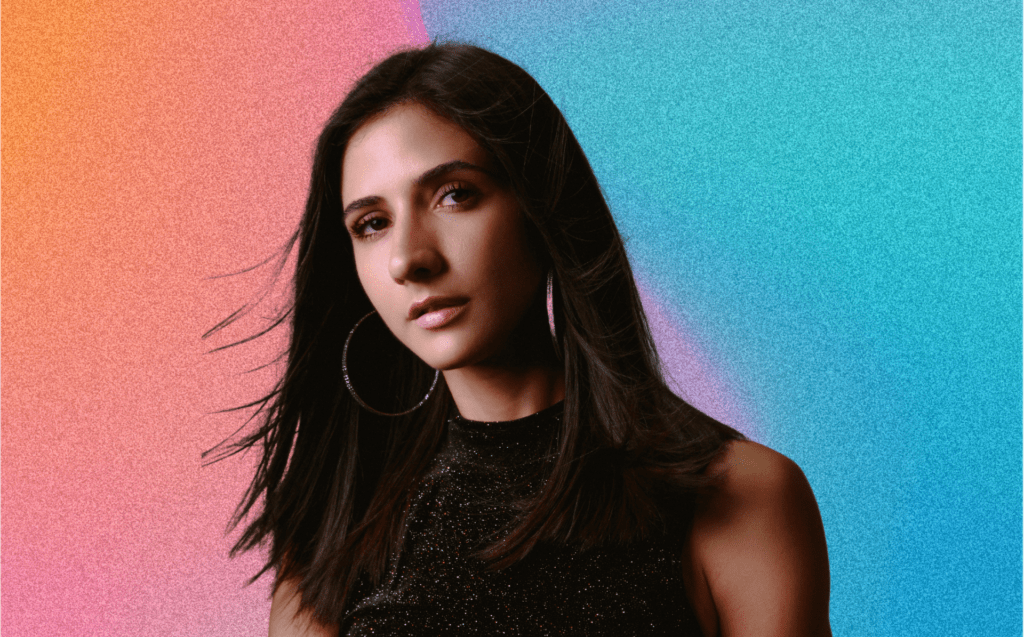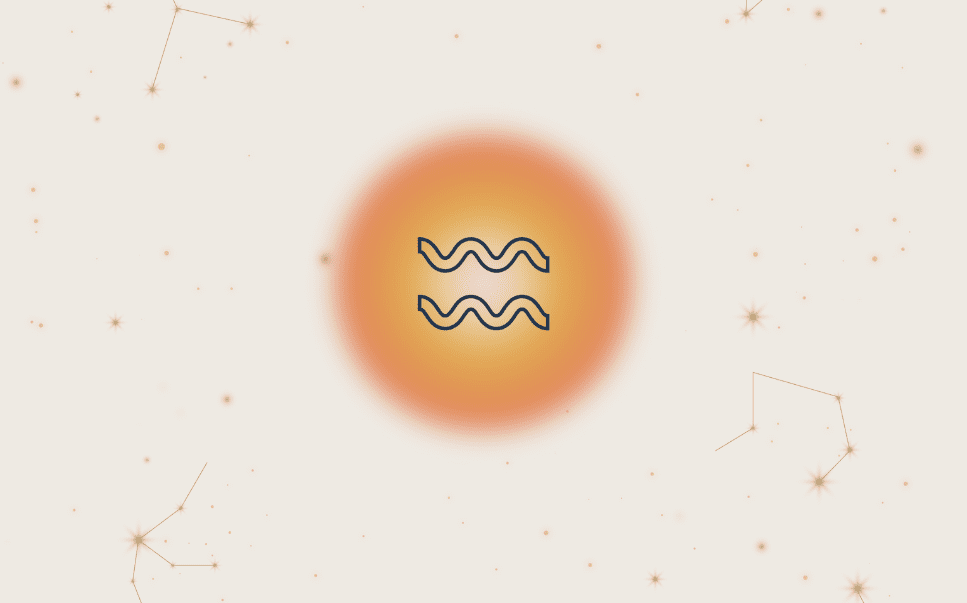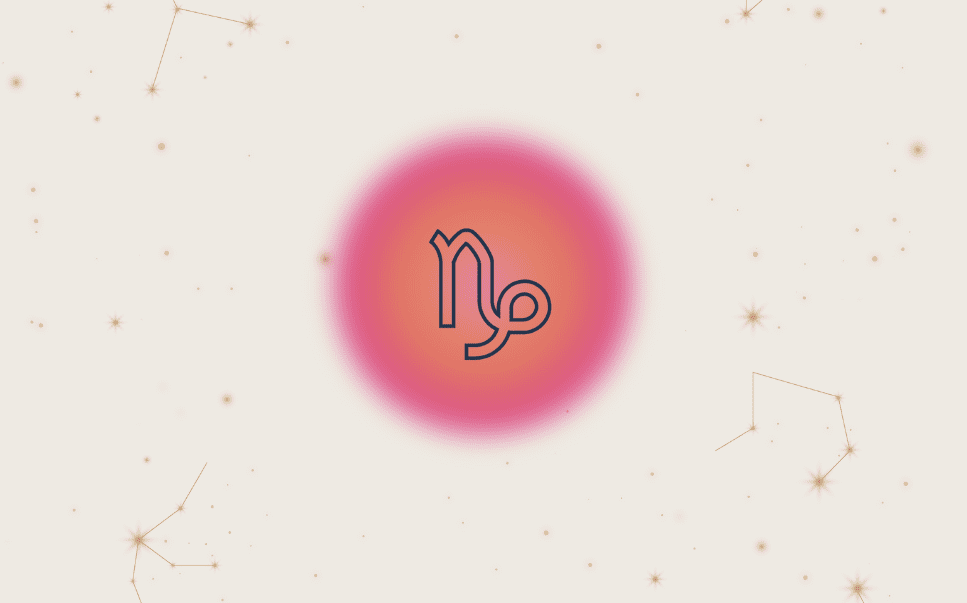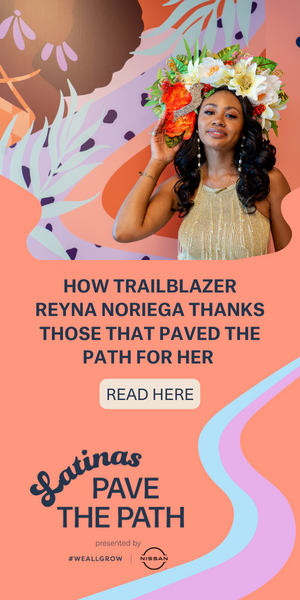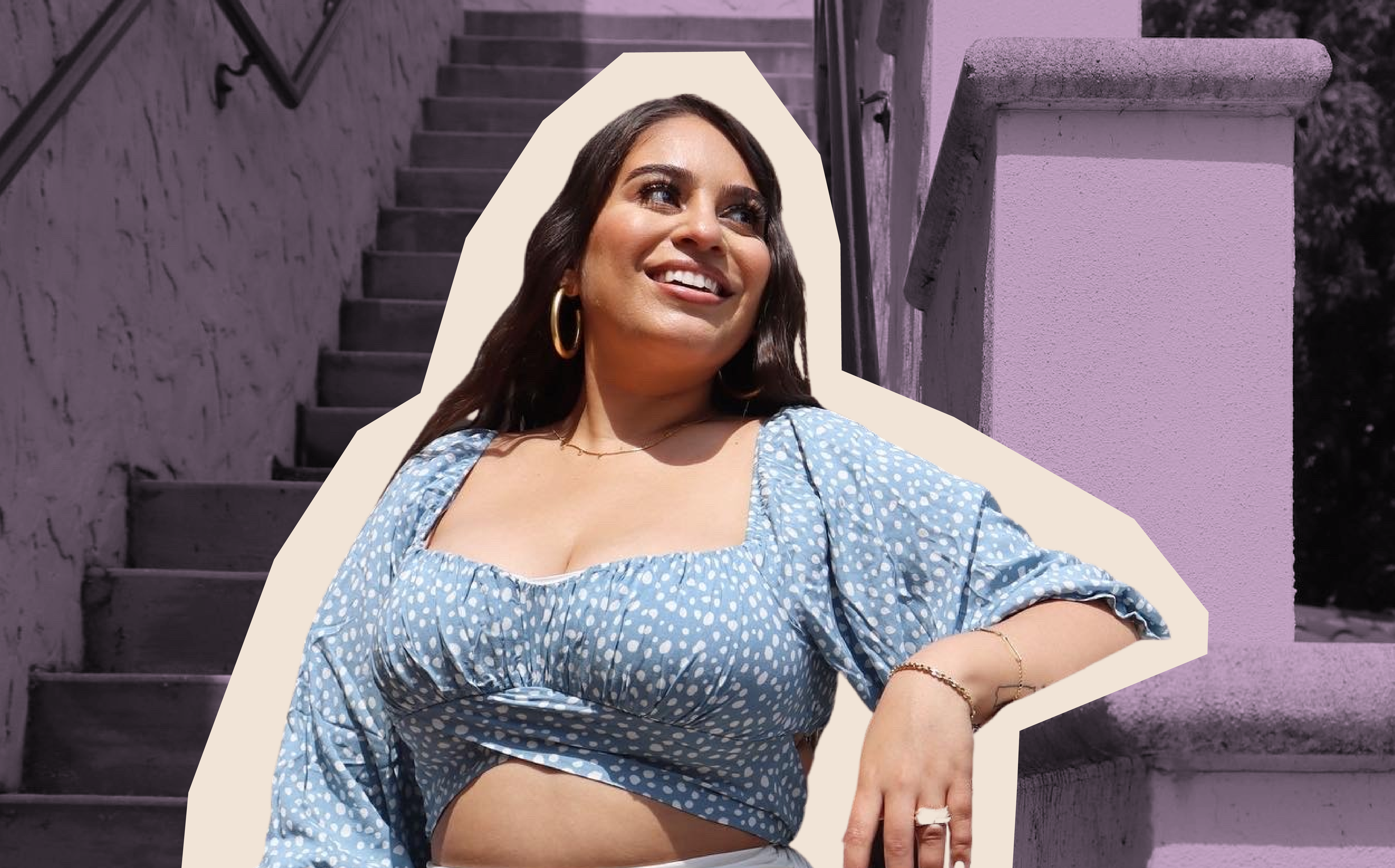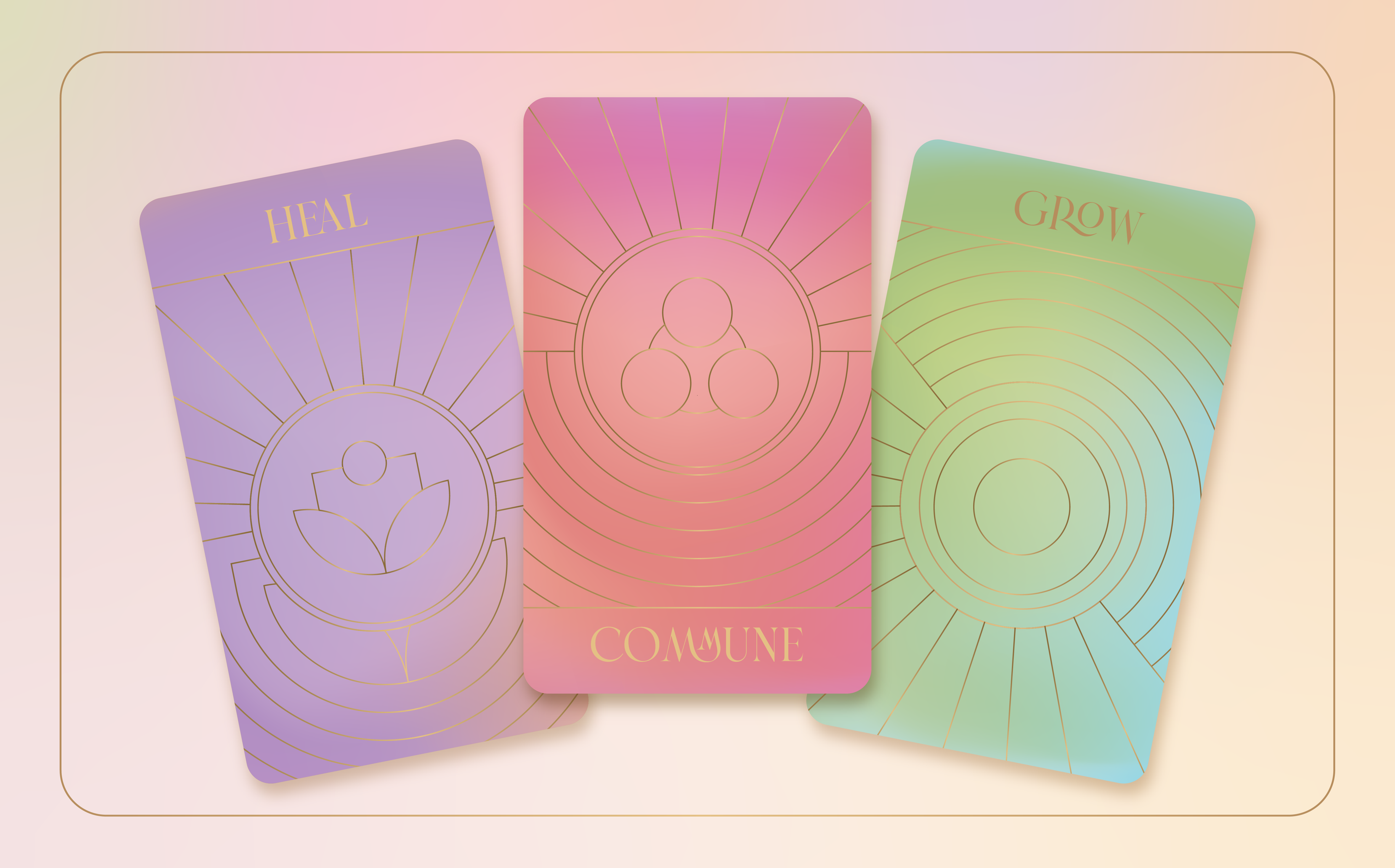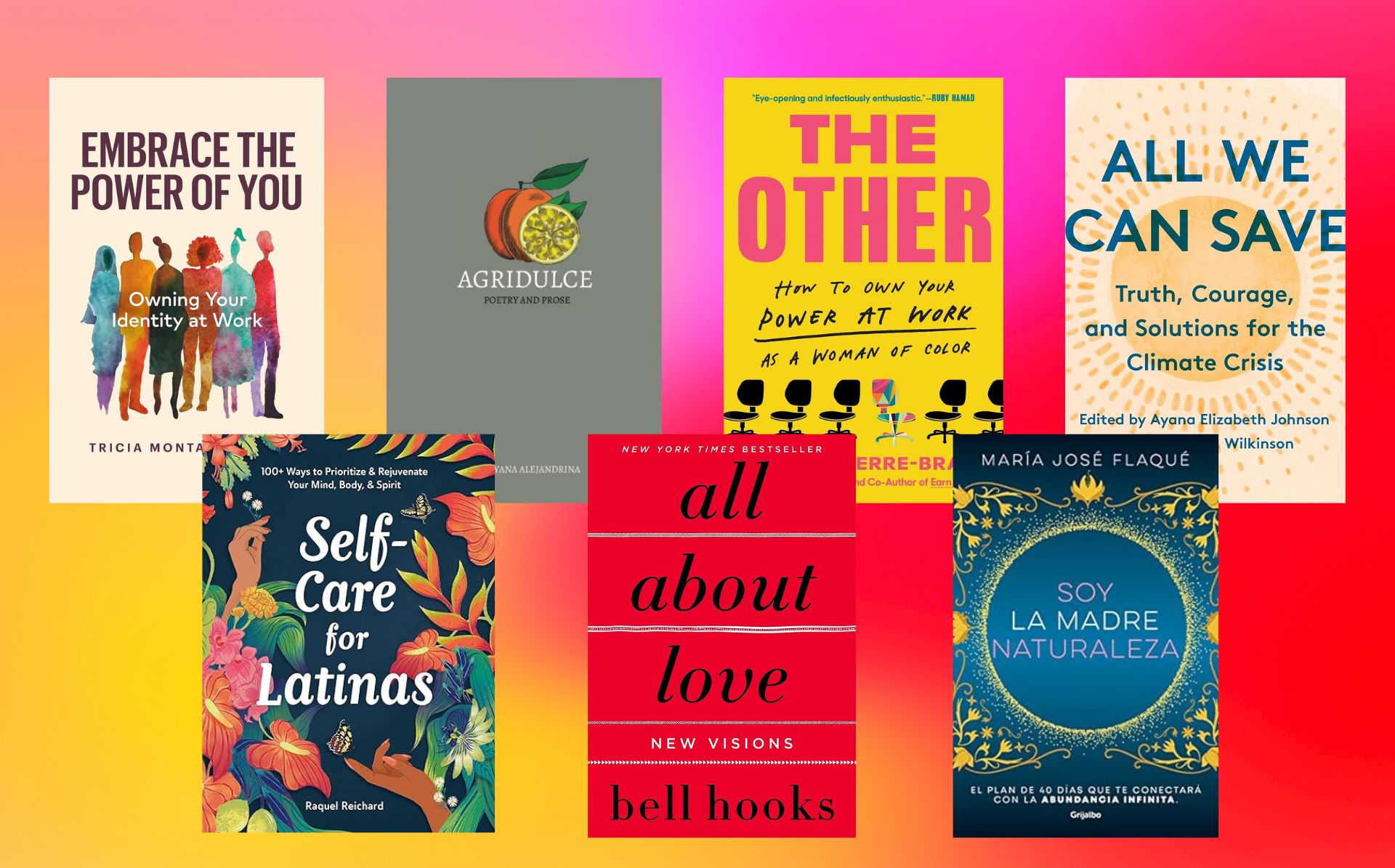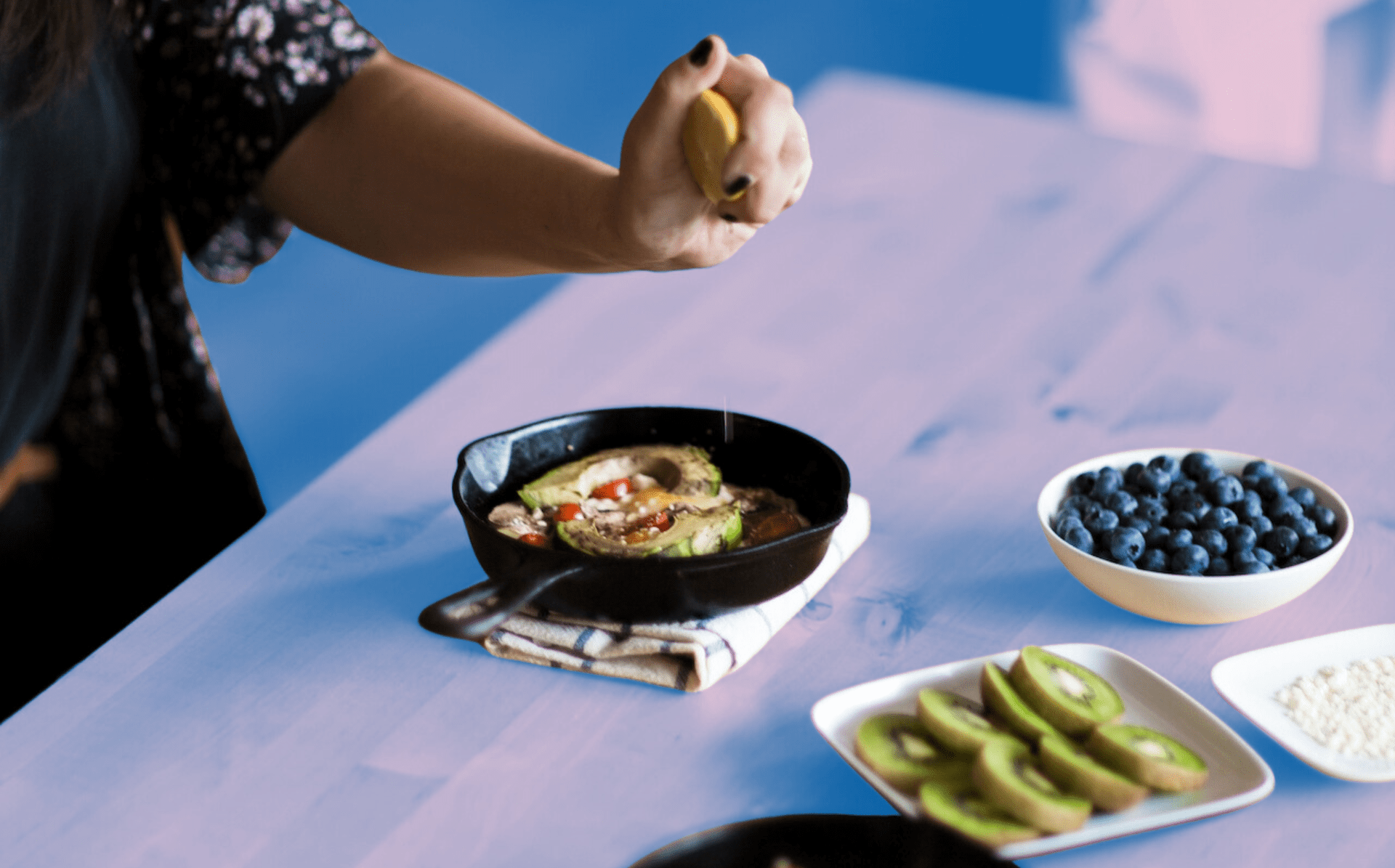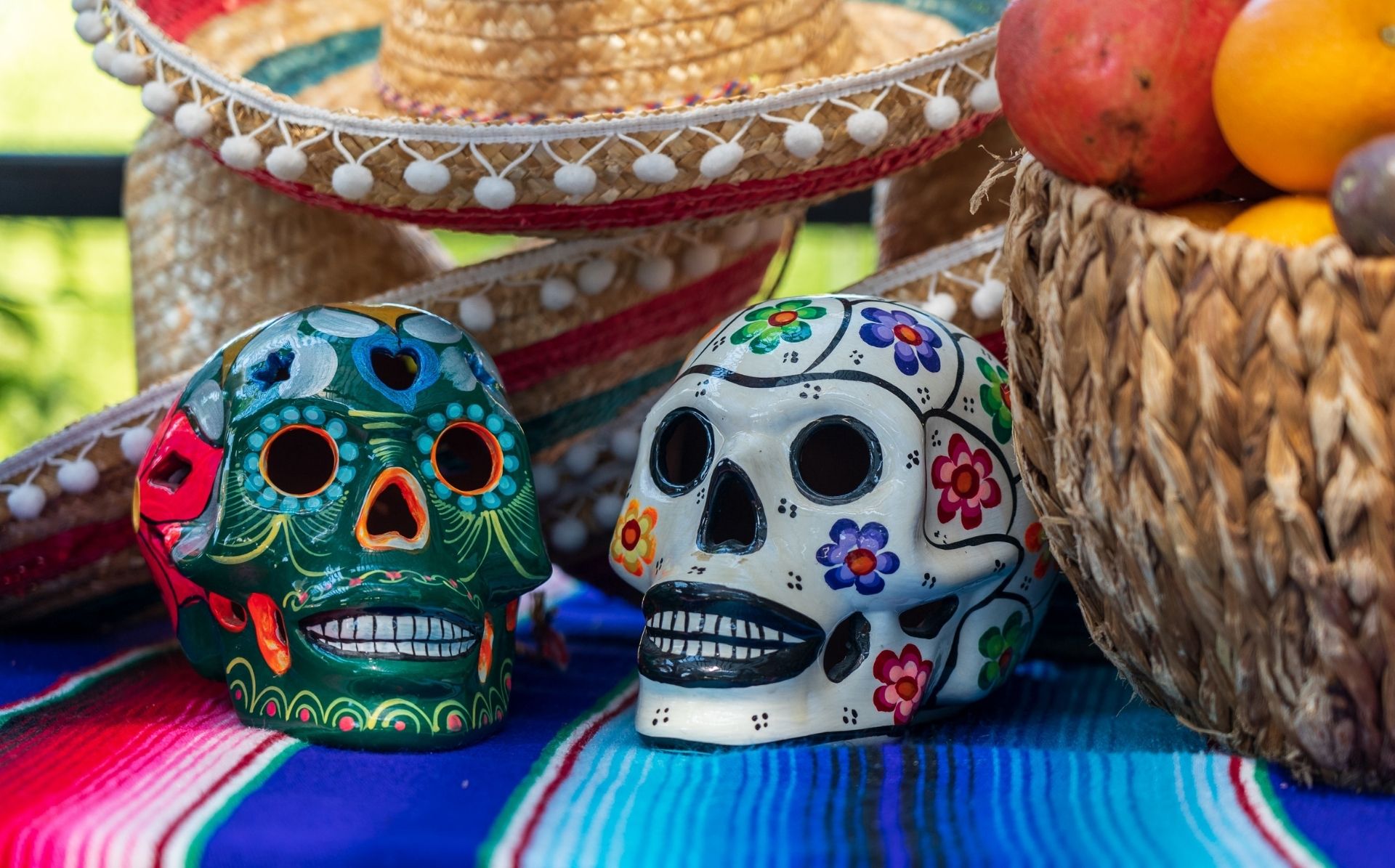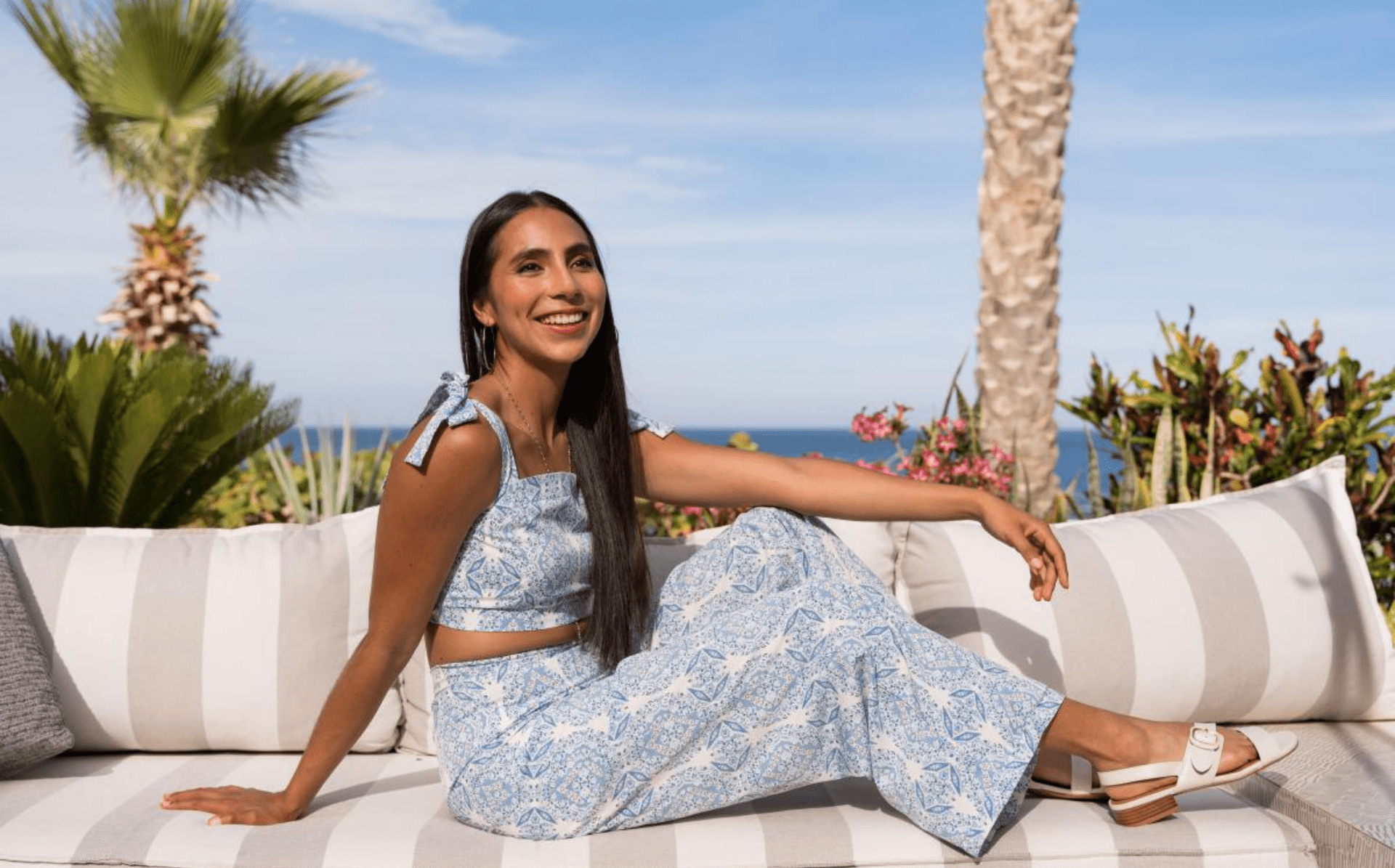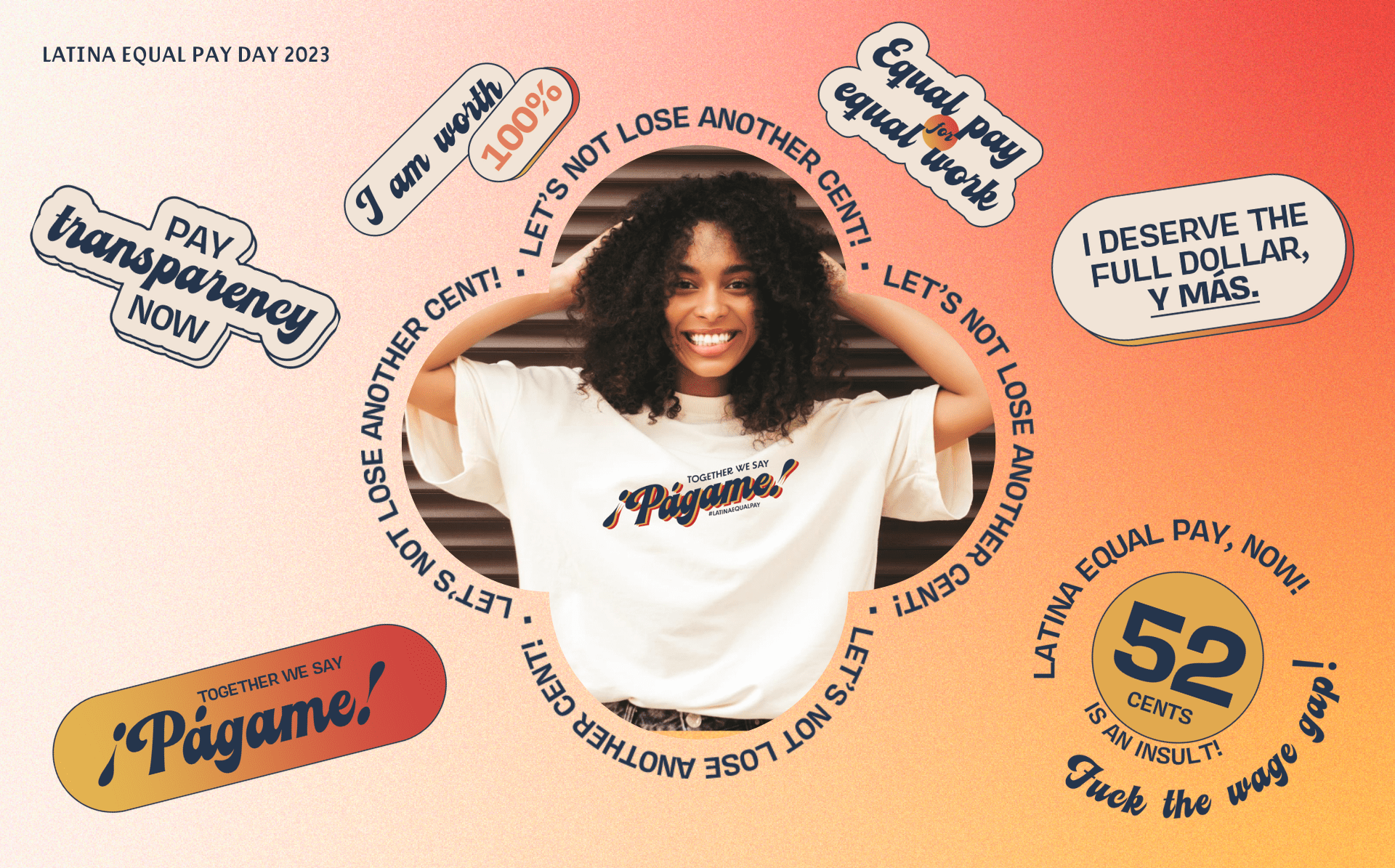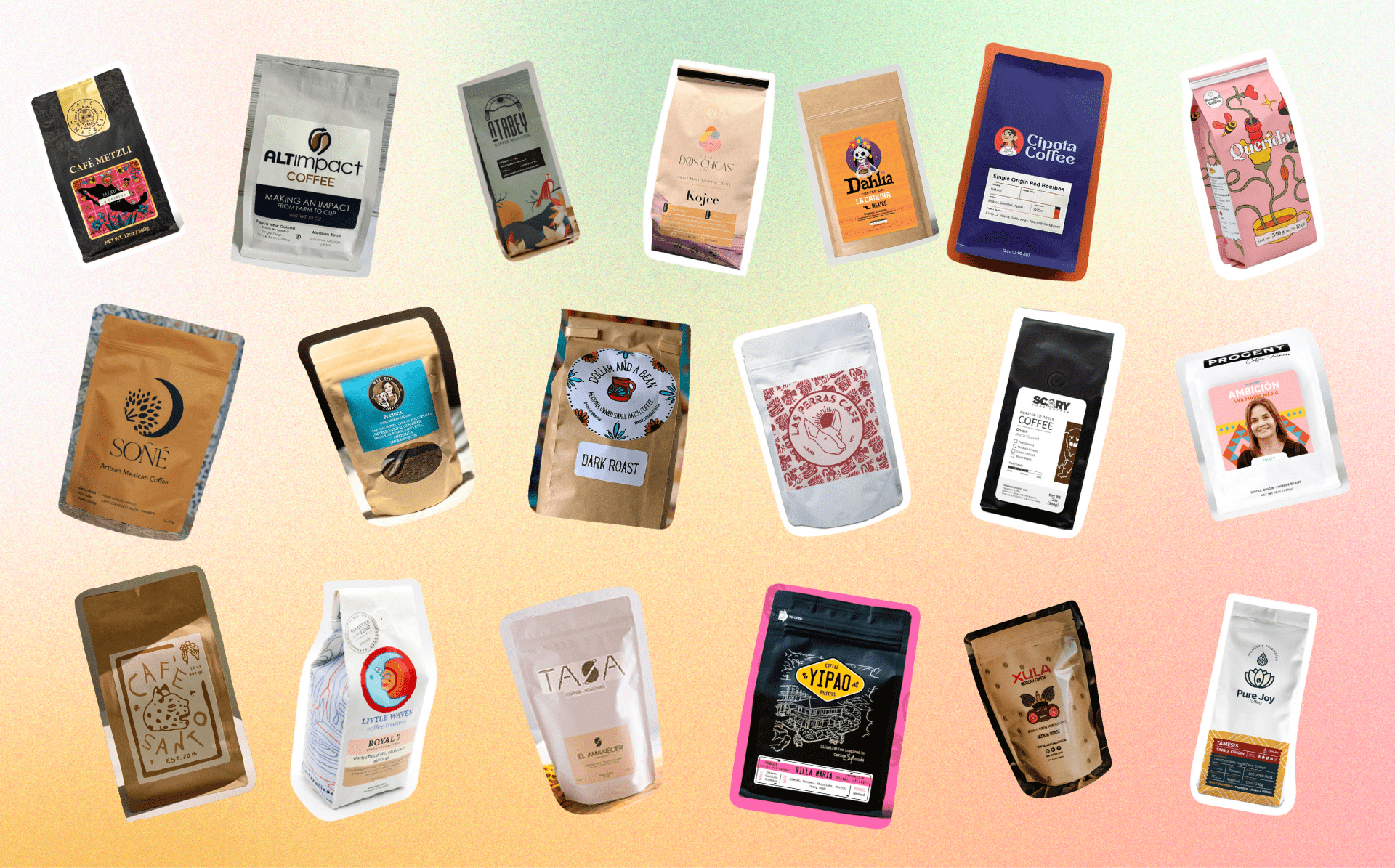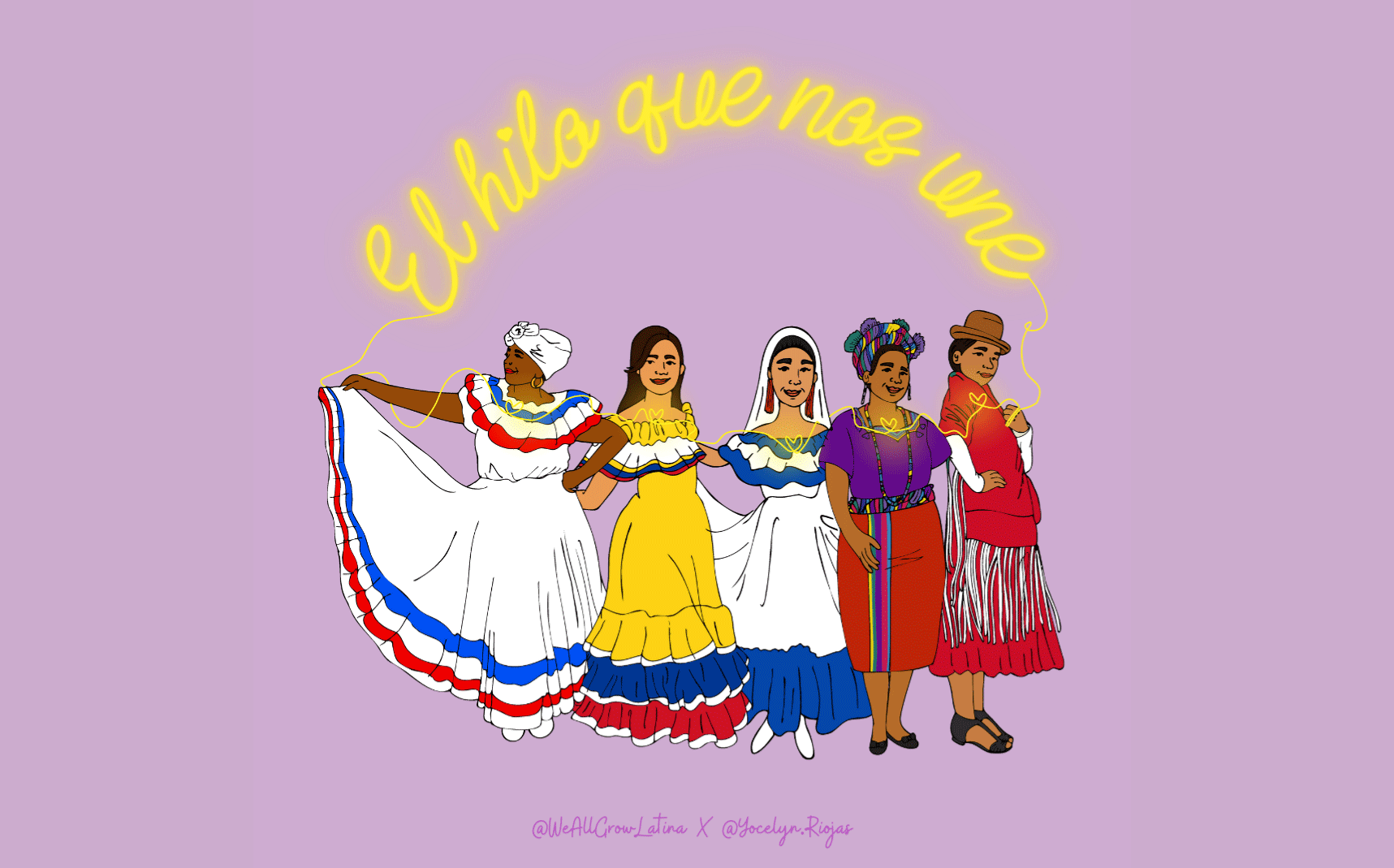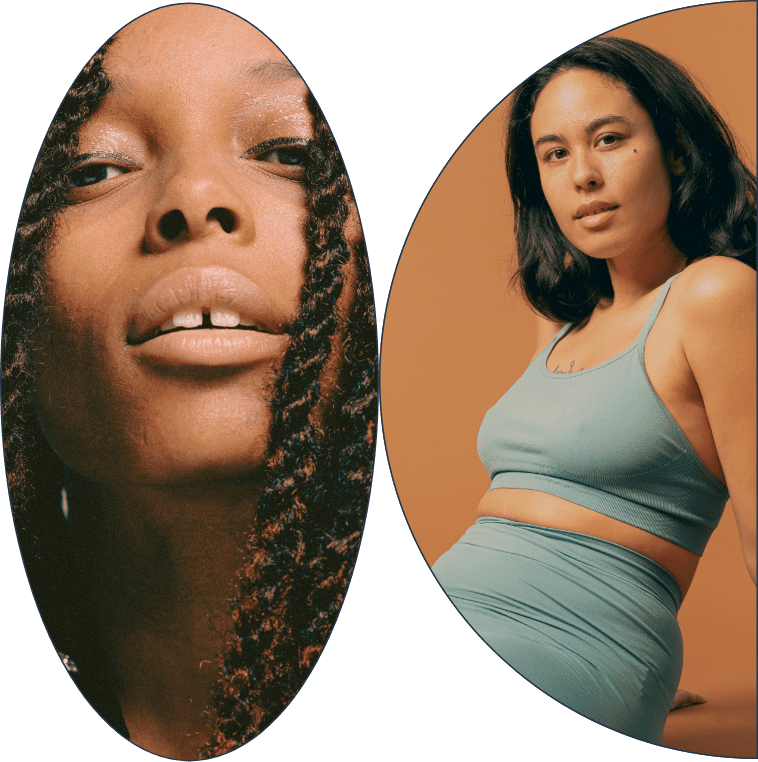Paula Carozzo is tired of the world, even “well-intentioned” people, telling her that she needs to be “cured,” especially when it took her years to accept who she was and her disability. After years of having a negative relationship with the acceptance of her condition throughout life, she implores you and the Latine community this Disability Pride Month to be better allies and accept her and other disabled people as the humans they are.
I have many memories from my childhood with a disability, but the memory that has stuck with me the most has been strangers in the street wanting to pray over me and cure me. Growing up, people constantly approached me, intending to pray for me to be “cured,” most of them Latine. At first, I would kindly accept their prayers and healing wishes as I thought healing was my only option. However, I had yet to know that acceptance was a possibility. As a disabled child, this had tremendous effects on my upbringing and how I saw and dealt with my disability, leading me to have a negative relationship with the acceptance of my condition throughout life. Finally, one night in tears, I concluded that I had no choice but to accept who I was.

Paula’s Story
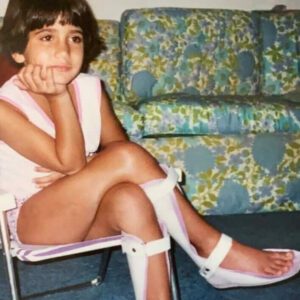
I was born in Caracas, Venezuela. A nation famous for stuffing arepas with white cheese and black beans, home of one of mother nature’s most beautiful attractions, Angel Falls, and some of the world’s largest oil reserves. Growing up in Venezuela was so much fun, and there was always something to do as a kid. When the summers would approach, we would travel to the beach on the weekends. On our last trip, we returned early since my sister would be removing her tonsils that Monday. Since her surgery was so successful, my parents decided to have me do the same procedure a week later, except this time it was different. I came out of surgery with a non-traumatic brain injury that would cause a disability for the rest of my life.
The first days in the hospital were tough as doctors couldn’t pinpoint what was happening with me. I gradually started losing walking coordination, movement, and muscle strength in my legs. I was taken in for MRIs, brain scans, and spinal tabs, where we discovered that my brain was very swollen. Then, I was induced into a coma to stop the swelling as doctors feared the brain damage would persist. When I woke up, I was completely paraplegic. The brain damage continued.
I can remember my parents and their emotions at the moment. My mom would sleep on the hospital sofa and my dad on the floor beside me. They were worried and frustrated with the medical system. A month had passed since being admitted to the hospital, and I still didn’t have a diagnosis. I was rotated around like a lab rat to several doctors looking for answers. Finally, a couple of weeks later, I was discharged by the hospital without a diagnosis. I was five years old but arrived home to my parents as if I was a newborn. I was no longer walking; I was in a wheelchair. I couldn’t speak. My parents seemed to start all over again, except this time, their child went from being non-disabled to disabled.
“My parents seemed to start all over again, except this time, their child went from being non-disabled to disabled.”
In search of answers and treatments, we would travel all around Venezuela, visiting specialists and doctors in search of a diagnosis. I was constantly in a car traveling while seeing my parents enter every appointment with rays of hope on their faces and exiting with despair after hearing every doctor say that I had no chance of getting better. Finally, with a sense of frustration but a spark of determination for my well-being, my parents sought all sorts of solutions and decided to move to the US for more advanced treatments. In a matter of a week, my parents had packed up, and we left our home country forever.
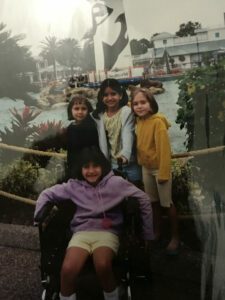
Venezuela, like many other Latin countries, is ruled by dictatorship. All kinds of people face a lack of resources, not just the disabled. But moving to the U.S. only made me realize that the grass isn’t that much greener on the other side. In my home country, I spent over two months traveling all around my country for a proper diagnosis and treatment plan. I struggled because of the lack of resources for medical facilities and education. Latin American countries also stigmatize disabilities to the point that they have become taboo. I remember my parents trying to implement the same routine and lifestyle I had with my friends at home. People and institutions weren’t as inclusive of someone with a disability. And although the U.S. has the education and resources for the families of and people with disabilities, it still lacks accessible ways of distribution. It has also created a culture around assistance programs for people with disabilities that excludes intersectionality.

For most of my childhood, I felt that my parents were constantly trying to cure my disability. I was put in rehab and had many surgeries, hoping to have me “walking normally” someday again. These ideologies of wanting to cure and be “normal” come from a lack of acceptance of disabilities, which I’ve experienced a bit more in Latine culture. While we all come from ableist societies, Latine communities dehumanize people with disabilities and exclude them from the world. Not only on a personal level but also an infrastructural level, preventing access to the world. The world was designed without us in mind, but recently, disability activists worldwide are reclaiming their power, and our voices are growing louder despite poorly executed systems in society.
“While we all come from ableist societies, Latine communities dehumanize people with disabilities and exclude them from the world. Not only on a personal level but also an infrastructural level, preventing access to the world.”
Although I constantly felt like I was trying to be “fixed” by my parents, family, and medical professionals, they always adapted circumstances to set me up for success. And while I was never neglected in activities with non-disabled kids, activities were often not adapted to address my abilities, which meant I couldn’t participate. However, in the U.S. things and people felt a bit more open to my experience, but when I became an adult and attended college, I was suddenly exposed to a different world.
Growing up in the U.S., I lived under the impression that the world was accessible and diverse. But reaching adulthood exposed that society still had a long way to go in accepting disabilities. I was constantly cornered and asked, “what happened to you?” I was repeatedly asked, “are you ever going to get better?” It seemed that people not only lacked disability etiquette, but they felt a right to know why I didn’t walk like the rest. At jobs, companies lacked disability language, and they had no clue what proper accommodations would be for someone with a mental or physical disability. Often, I didn’t even get past the first interview to be considered for the next round.
“I liberated myself from oppressive systems’ ideologies and now strive daily to show others how to do the same.”
I began thinking of other people with disabilities who might be going through the same thing and wondering if they had shared their stories somewhere. I decided it was time to share mine. I began sharing all of my daily experiences with my disability. Whether it was about an accessible parking spot that someone was using without a permit or the comments or questions people were asking me, I began blogging it all. I began cultivating a community of people with similar experiences and disabilities. With the growth of my blog came an unforeseen career path I hadn’t expected. I became a disability activist set to redefine disability by becoming a writer, speaker, and influencer.
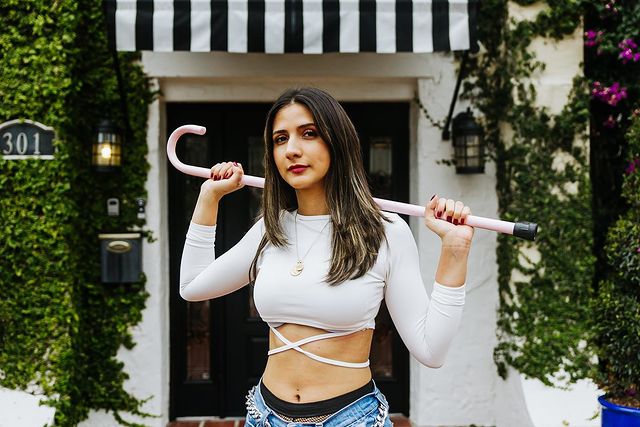

I started locally in Miami and now travel everywhere to educate and instill disability awareness. Miami has a strong Latine community, and it’s a city built by immigrants, mostly Latines, who have fled their countries for a life of more opportunity. They have brought their perspectives and cultures, one of them being stigmatizing disabled people and looking to cure them. Little did I know there was so much healing in accepting who I was, as I was.
My disability is a part of me, and there is no reason why there should be feelings of shame and embarrassment around it. It was a process, but looking back, I am so happy I opened myself up to acceptance. I surrendered. I liberated myself from oppressive systems’ ideologies and now strive daily to show others how to do the same.

To hear more from Paula, watch our recent I See You, I Hear You episode with our Co-CEO and Partner Vanessa Santos, as we interview her for this special Disability Pride Month episode:
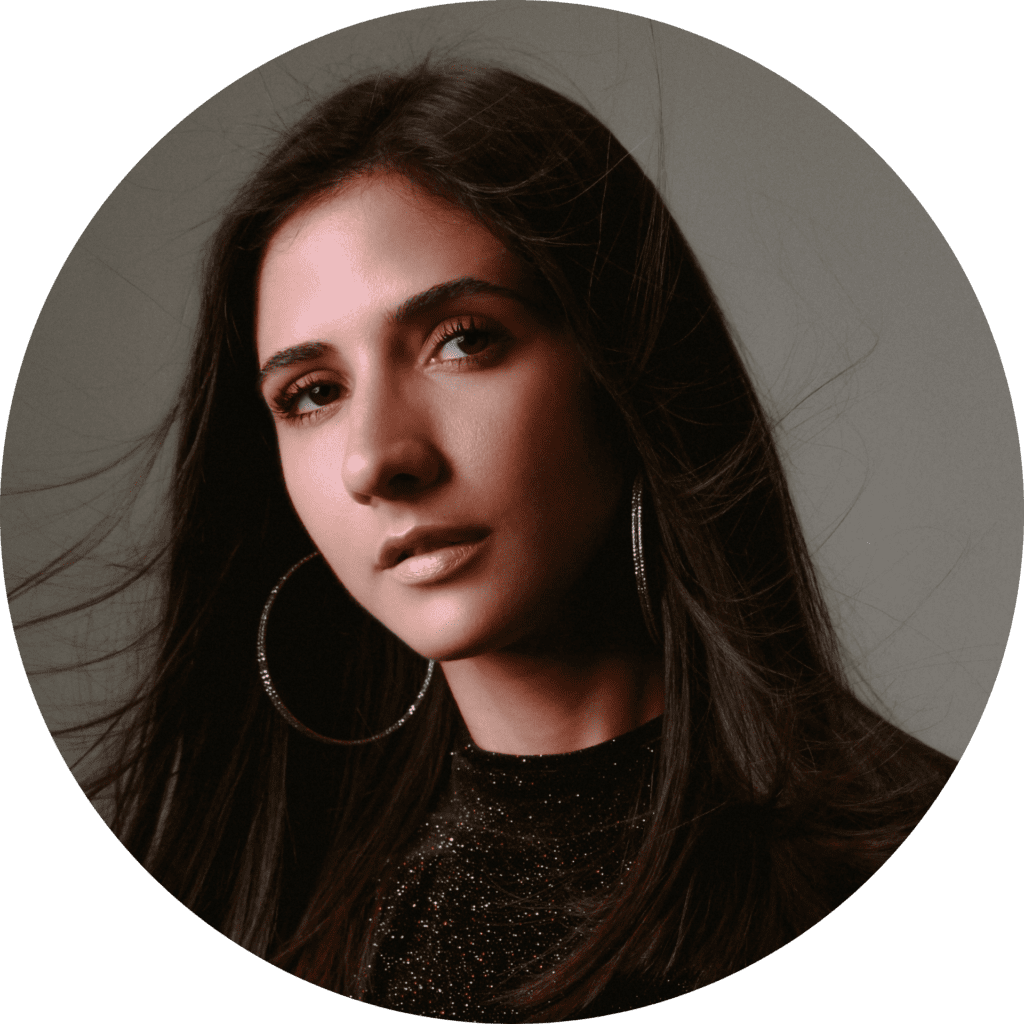
About the Author
Paula Carrozo
